Welcome to the world of indoor gardening! This guide is your key to understanding the essential topics surrounding grow lights and natural light for hydroponic gardening. Discover the energy-efficient brilliance of LED plant lights, the empowering potential of HID grow lights, and the budget-friendly options with fluorescent grow lights. Explore the debate of grow lights versus natural light and learn how to strike the perfect balance for maximum growth in your indoor gardens.
Finally, uncover the dos and don’ts of caring for plants under grow lights to ensure their thriving success. Let’s dive in and create a flourishing paradise in your own home!
Grow Lights for Hydroponic Gardening: A Comprehensive Review
I am thrilled to share with you a comprehensive review of grow lights for hydroponic gardening. Whether you’re a beginner or an experienced hydroponic enthusiast, choosing the right grow lights is essential for the success of your indoor garden. In this review, we will delve into the top grow lights available on the market, providing valuable insights to help you make an informed decision.
When it comes to hydroponic gardening, one of the most crucial factors is light. That’s where grow lights step in, providing the necessary spectrum and intensity for your plants to thrive. In this review, we will explore a range of options, from energy-efficient LED lights to high-intensity discharge (HID) lights and fluorescent lights. Each type has its unique advantages, and I’ll guide you through their features, performance, and suitability for different types of plants. Whether you’re growing leafy greens, herbs, or flowering plants, we’ve got you covered.
To ensure optimal growth and yield in your hydroponic garden, it’s essential to understand the characteristics of each grow light option. LED plant lights, known for their energy efficiency and customizable spectrum, have gained popularity among hydroponic gardeners. We’ll discuss top LED models, highlighting their coverage area, lifespan, and ability to meet the specific light requirements of your plants. Furthermore, we’ll explore HID lights, including metal halide (MH) and high-pressure sodium (HPS) options, which offer high-intensity illumination for larger hydroponic setups. Additionally, we’ll cover fluorescent lights, a budget-friendly choice for smaller-scale hydroponics, with an emphasis on their performance and energy efficiency.
In this comprehensive review, I aim to provide you with a well-rounded understanding of the available grow light options for hydroponic gardening. By considering factors such as light intensity, coverage area, and plant requirements, you can select the ideal grow lights that will optimize the growth and health of your hydroponic plants. Stay tuned as we delve into the details, providing valuable insights to help you make the best choice for your indoor garden.

Energy-Efficient LED Plant Lights: Illuminating Your Hydroponic Garden
Energy-efficient LED grow lights have emerged as a game-changer in the world of indoor gardening. These advanced lighting solutions offer numerous benefits that make them a top choice for hydroponic enthusiasts. LED lights are renowned for their low energy consumption, providing substantial savings on electricity bills compared to traditional lighting options. With their efficient use of energy, LED grow lights not only reduce costs, but also contribute to a greener and more sustainable approach to gardening. Furthermore, LED lights have a longer lifespan compared to other types of bulbs, minimizing the need for frequent replacements and resulting in additional long-term savings. Their extended lifespan also ensures consistent and reliable lighting for your plants throughout their growth cycle.
Another remarkable feature of energy-efficient LED grow lights is their customizable light spectrum. LED technology allows growers to adjust the light spectrum to match the specific needs of different plant species and growth stages. By providing the optimal wavelengths of light, LED grow lights promote photosynthesis, resulting in healthier and more productive plants.
Additionally, LED lights emit little to no heat, reducing the risk of plant damage from overheating. This feature allows the lights to be placed closer to the plants, maximizing light absorption and further enhancing growth. Whether you’re growing leafy greens, herbs, or flowering plants, energy-efficient LED grow lights provide the ideal lighting solution to create an optimal indoor growing environment and achieve impressive gardening results.
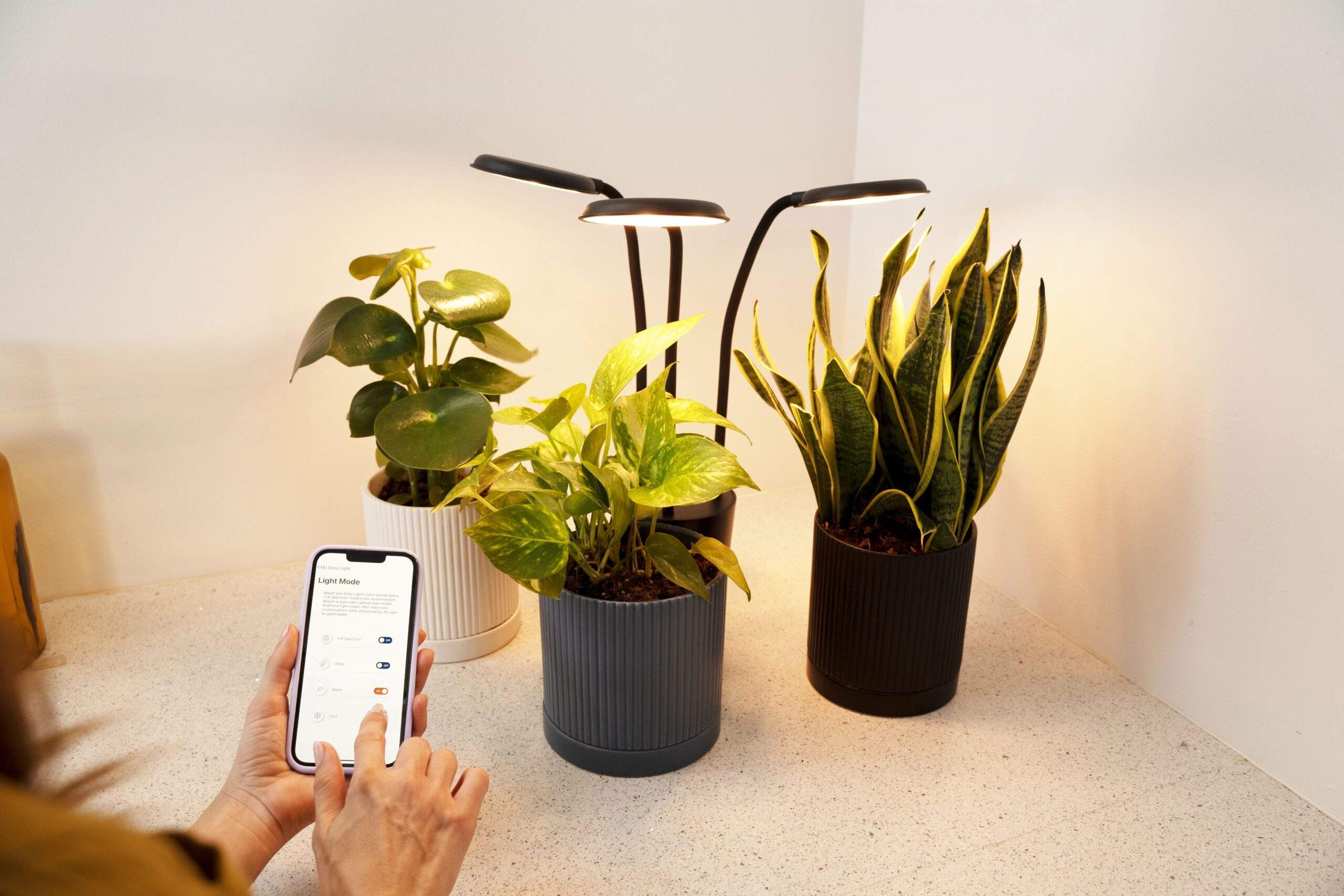
High-Intensity Discharge (HID) Grow Lights: Empowering Your Hydroponic Setup
High-Intensity Discharge (HID) plant lights are a powerful lighting option that can truly empower your hydroponic setup. Two popular types of HID lights commonly used in hydroponics are metal halide (MH) and high-pressure sodium (HPS) lights.
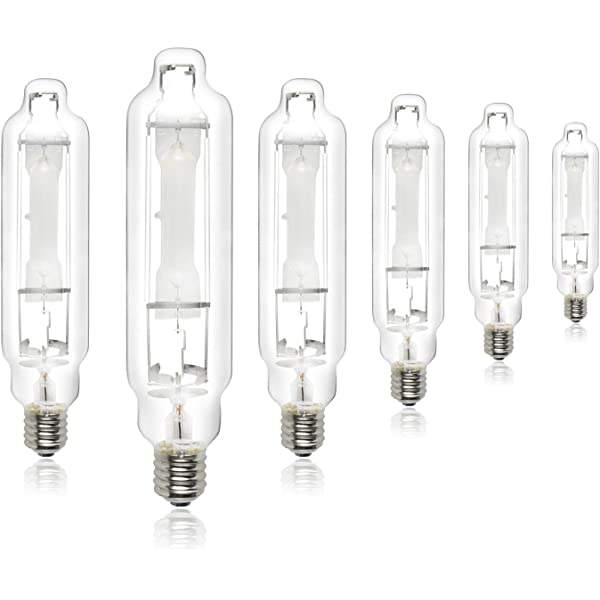
Metal Halide (MH)
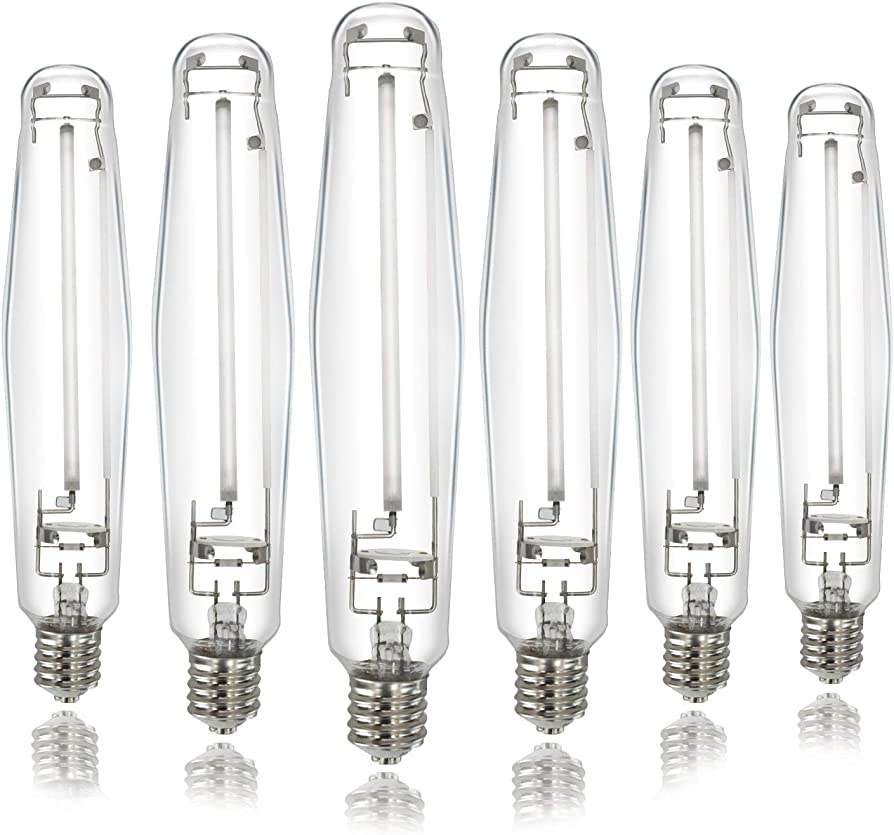
High-Pressure Sodium (HPS)
Using HID grow lights, such as metal halide (MH) and high-pressure sodium (HPS), allows you to provide your plants with the intense and specific light they need for optimal growth and productivity in a hydroponic environment. Consider the growth stages of your plants and their light requirements to determine which HID option will best suit your hydroponic garden.
Fluorescent Grow Lights: Budget-Friendly Brilliance for Small-Scale Hydroponics
Fluorescent grow lights are a go-to choice for small-scale hydroponics, offering a budget-friendly and efficient lighting solution. These lights provide a cool and gentle light source, making them suitable for delicate plants and compact spaces. With their energy efficiency and balanced light spectrum, fluorescent lights support healthy plant growth without generating excessive heat. Here are key reasons why fluorescent grow lights are a brilliant option for small-scale hydroponics:
- Affordability: Fluorescent lights are cost-effective, making them accessible to gardening enthusiasts on a budget.
- Energy Efficiency: These lights consume less electricity compared to other lighting options, reducing energy costs.
- Balanced Light Spectrum: Fluorescent lights emit a balanced spectrum of light that caters to the needs of various plant species, promoting optimal growth and development.
- Easy Installation: Compact and lightweight, fluorescent lights are easy to install and allow for flexible positioning within your hydroponic setup.
- Versatility: Fluorescent lights are suitable for all stages of plant growth, from seedlings to flowering plants, making them versatile for a variety of crops in small-scale hydroponic gardens.
Experience the brilliance of fluorescent grow lights as they provide an affordable and efficient lighting solution for your small-scale hydroponic endeavors.
Grow Lights vs. Natural Light: Which is Better for Indoor Gardening?
The Role of Light in Indoor Gardening: Grow Lights vs. Natural Light
Light is a crucial factor in the success of indoor gardening, and choosing between grow lights and natural light requires careful consideration. Understanding how light impacts plant growth is essential for achieving optimal results. Let’s compare the benefits and drawbacks of grow lights and natural light for indoor gardening:
Grow Lights
Discover the advantages and considerations of using grow lights as a lighting solution for your indoor garden.
Natural Lights
Explore the benefits and limitations of harnessing natural light to nurture your indoor plants.
In conclusion, the choice between grow lights and natural light for indoor gardening depends on various factors, including your specific plant species, space limitations, and lighting requirements. Grow lights provide flexibility, customization, and consistent light, making them ideal for environments with limited access to natural light. On the other hand, natural light offers a holistic spectrum and natural variations, which can be beneficial for plant growth. Consider your gardening goals, available resources, and the needs of your plants to make an informed decision that maximizes the potential of your indoor garden.
Balancing Natural Light and Grow Lights: Maximizing Growth in Indoor Gardens
Achieving the perfect balance between natural light and grow lights is key to maximizing growth in your indoor garden. By harnessing the benefits of both light sources, you can provide your plants with the optimal conditions they need for healthy and robust growth. Here, we will explore strategies to effectively balance natural lighting and Indoor lighting, allowing you to create an ideal environment for your indoor plants without relying solely on one light source.
To begin, consider the availability of natural light in your indoor gardening space. Assess the direction and intensity of sunlight throughout the day to determine which areas receive the most light. Position your plants accordingly, placing light-loving species closer to windows or areas with direct sunlight, while shade-tolerant plants can be positioned farther away. This way, you can maximize the use of natural light and reduce the reliance on artificial lighting.
However, it’s important to acknowledge that natural light may not always be sufficient, especially during cloudy days or in spaces with limited access to sunlight. This is where Indoor plant lighting come in. Supplementing natural light with grow lights can help ensure that your plants receive consistent and adequate light levels. Choose LED Plant Lights that complement the spectrum and intensity of natural light, providing a balanced and well-rounded lighting environment for your indoor garden.
Regularly monitor and adjust the usage of both natural lighting and indoor lighting to meet the changing needs of your plants. As the seasons shift and daylight hours fluctuate, you may need to modify the positioning and duration of your grow lights. Additionally, consider using timers or smart lighting systems to automate the process and maintain a consistent lighting schedule for your plants.
By finding the right balance between natural light and grow lights, you can create an optimized environment that promotes healthy growth and ensures the success of your indoor garden. Remember to observe your plants closely, make adjustments as needed, and enjoy the rewards of a flourishing and bountiful indoor garden.
How to Care for Plants Under Grow Lights: Dos and Don’ts
Caring for plants under grow lights is essential to ensure their healthy growth and optimize their potential. With the right approach, you can create an environment that nurtures your plants and maximizes their productivity. Here are some dos and don’ts to keep in mind when caring for your plants under grow lights:
Horticultural Lighting Dos:
- Understand the light requirements of your specific plant species. Adjust the distance between the plants and the grow lights based on their light preferences.
- Place plants strategically to ensure uniform light distribution. Rotate them regularly to promote even growth.
- Maintain a consistent light schedule by setting timers for the LED planting lights. Ensure plants receive adequate dark periods for rest and optimal growth.
- Monitor temperature and humidity levels in the growing environment. Use fans or ventilation to maintain suitable conditions for your plants.
- Water plants appropriately, taking into account the increased light intensity. Check soil moisture levels and adjust watering frequency as needed.
- Provide plants with the necessary nutrients to support their growth. Follow a balanced fertilization regimen based on the plant’s requirements.
- Implement a consistent pruning and trimming routine to maintain the desired shape and size of your plants. Regular pruning helps redirect energy to new growth areas and prevents overcrowding under grow lights.
- Encourage air circulation by gently brushing or shaking plants. This mimics natural outdoor conditions and helps strengthen stems and prevent the buildup of pests or diseases.
- Experiment with different light spectrums and intensities to determine the ideal combination for your specific plant species. Observe how plants respond to different lighting setups and adjust accordingly.
- Keep a gardening journal or use digital tools to track your observations, including growth rates, flowering or fruiting periods, and any issues encountered. This documentation will help you fine-tune your care routine over time.
Horticultural Lighting Don’ts:
- Avoid placing plants too close to the grow lights, as it can lead to light burn and damage the foliage.
- Neglecting proper ventilation and airflow. Stagnant air can create a favorable environment for pests and diseases.
- Overwatering plants, as excessive moisture, can lead to root rot and other related problems.
- Relying solely on grow lights. Consider supplementing with natural light whenever possible to provide a more balanced light spectrum.
- Neglect regular observation and monitoring. Watch for any signs of pests, diseases, or nutrient deficiencies and take appropriate action.
- Abruptly changing light schedules or moving plants from one light source to another. Sudden shifts can cause stress and negatively impact plant health.
- Using grow lights that emit excessive heat, as it can damage plants and increase the risk of drying out. Opt for energy-efficient LED or fluorescent grow lights that generate minimal heat.
- Overcrowding plants under the grow lights. Allow sufficient space between them to ensure adequate light penetration and airflow.
- Over-fertilizing your plants. Follow the recommended dosage and frequency specified on the fertilizer packaging to prevent nutrient imbalances or burn.
By following these dos and don’ts, you can ensure proper care and maintenance of your plants under grow lights, promoting healthy growth and overall plant success.
Final Thoughts
In conclusion, this article provides a comprehensive review of grow lights for hydroponic gardening, covering energy-efficient LED lights, empowering HID lights, budget-friendly fluorescent lights, and the debate of grow lights vs. natural light. It emphasizes the importance of balancing natural light and grow lights for maximizing growth in indoor gardens.
Additionally, it offers essential dos and don’ts for caring for plants under grow lights. With this knowledge, you can create thriving indoor gardens that harness the power of light for optimal plant health and productivity.

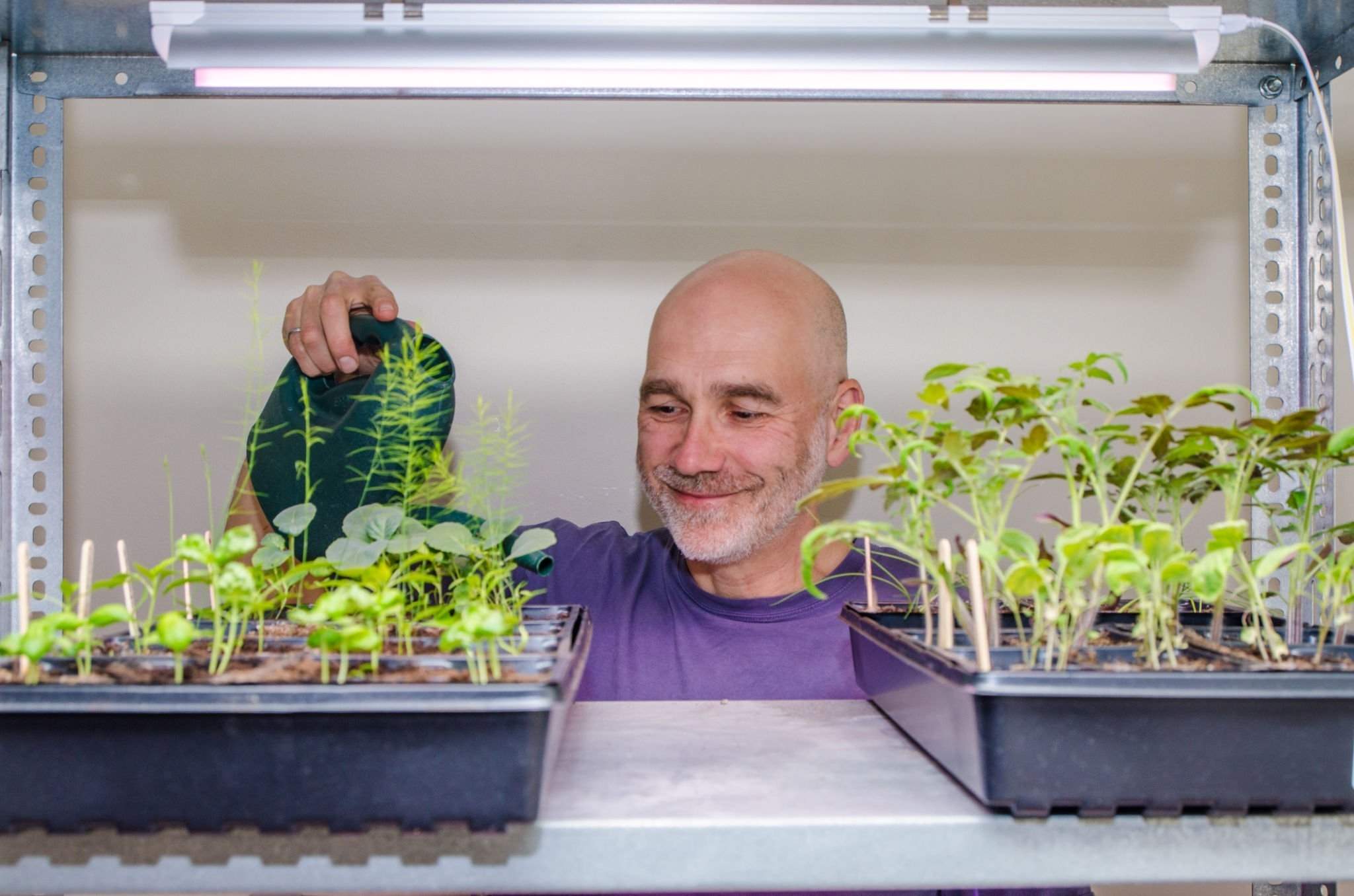

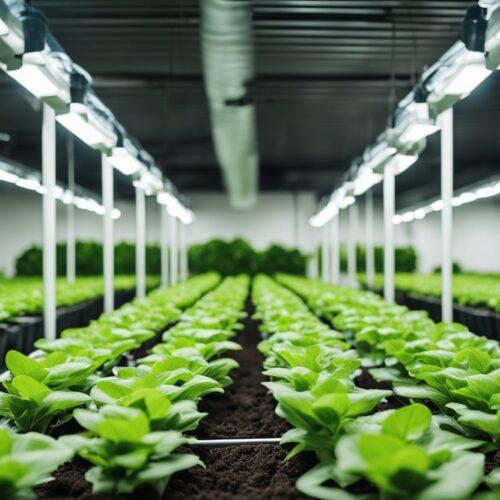
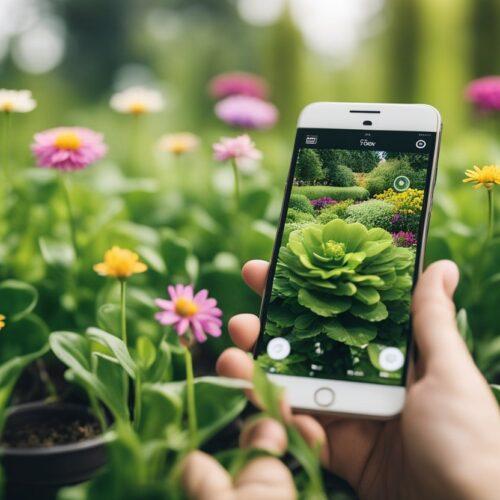
1 comment